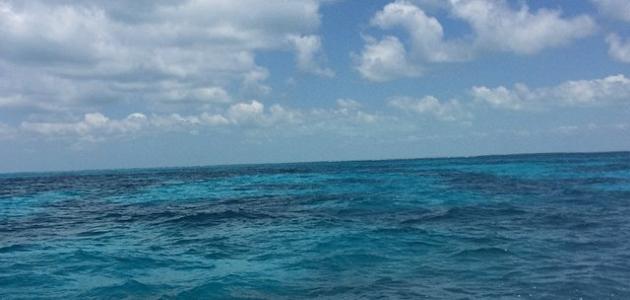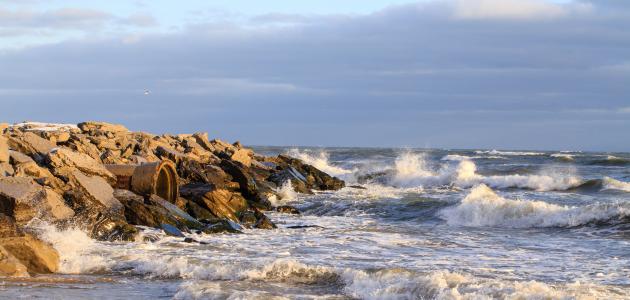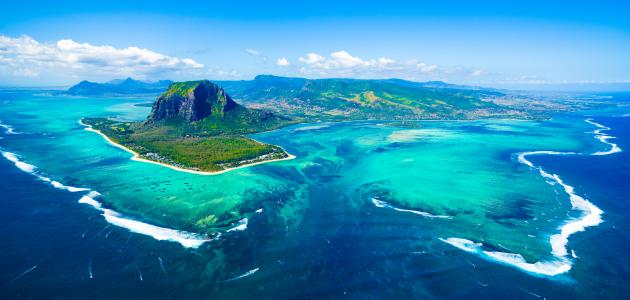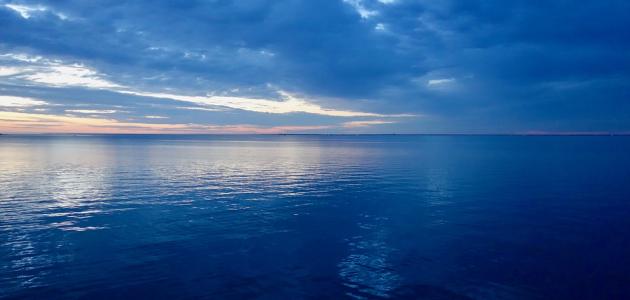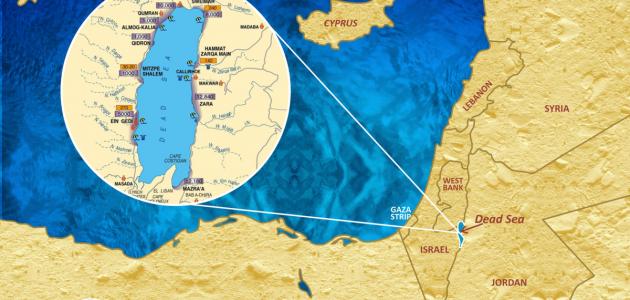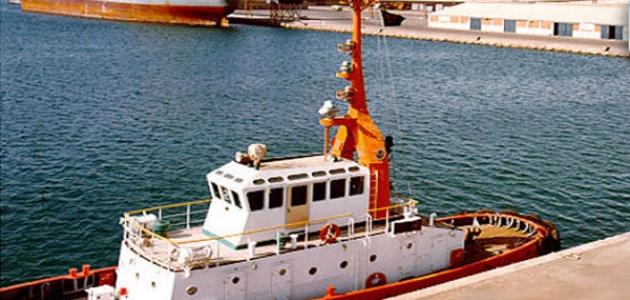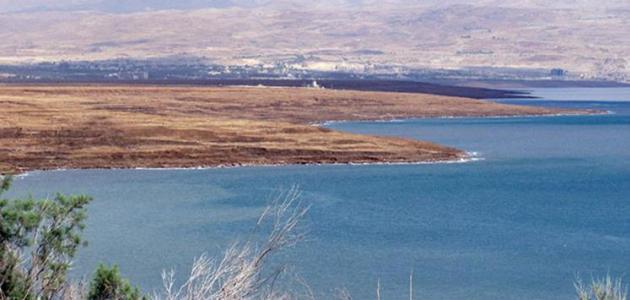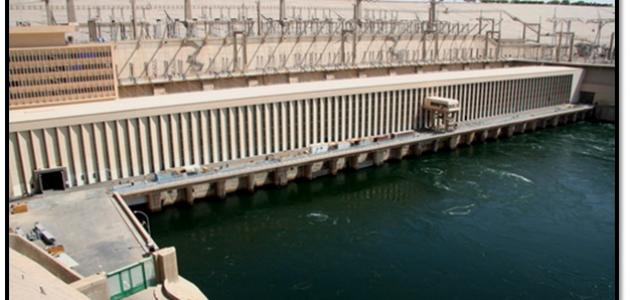Ocean environment
Oceans: They are huge, salty bodies of water. Ocean water bodies cover 71% of the total surface area of the Earth, as our planet contains five large oceans separated by continents: the Pacific Ocean, the Atlantic Ocean, the Indian Ocean, the Antarctic Ocean, and the Arctic Ocean. The oceans are of great importance to the planet Earth and to human life on it, as they control the Earth’s weather and climate. Because most of the precipitation comes from the evaporation of water from the surface of the ocean, and the oceans contribute to storing and preserving the heat coming from the sun in the summer to emit it again in the winter. During the absence of the sun’s heat, for example, the Gulf Streams work to make temperatures in the winter and along the coast Warmer than in areas on land. In addition to the importance of the oceans in influencing the climate, they are an important source of food such as fish and marine products, and a source of drinking water after removing salts from them. Humans have also used the oceans in the transport of goods and products, and in the field of trade since ancient times. In addition, the oceans contain many complex ecosystems and living organisms, such as coral reefs and kelp forests, in which a huge number of different creatures and organisms live.
Movement of water in the oceans
Ocean water is constantly moving based on different patterns and influences, as the force of gravity due to the moon and sun affects the withdrawal of ocean water and the so-called tidal phenomenon occurs. The movement of winds on the surface of the oceans also leads to the formation of waves. Winds, water temperature and salinity, the shape of the ocean floor, and the movement of the Earth around itself help form what are known as (sea currents). The Gulf Stream is one of the ocean currents, which is a warm ocean current. Each of the previous phenomena has its climatic and economic benefits for humans and its direct effects on the formation of natural and chemical characteristics and the biological life cycle in the seas and oceans. Below we mention a detailed explanation of how ocean waters move through these phenomena:
Read also:Where is the Yellow Sea located?- the waves: Waves represent the surface movement of sea and ocean water. Waves are formed due to the friction of the wind touching the surface of the water, as the surface water moves in a circular motion in the form of waves whose parts rotate to the same positions from which they moved initially. Waves may be formed by the formation of some types of local global waves due to sudden seismic tectonic movements on the ocean floor, such as tsunami waves. It is worth noting that high waves, regardless of their speed, stop and end at the coastline and do not depart from it, and the formation of vertical waves disappears at a depth of 330 feet.
- Tides: It is a phenomenon of temporary rise and fall in sea level, which leads to the ocean water level in the Southern Hemisphere rising by several meters, from which water moves to the northern seas and narrow bays to form what is known as (tidal waves). This phenomenon is formed due to the force of lunar and solar attraction. For the surface of the Earth and what is on it and the centrifugal force of the Earth. When the Earth, the Moon, and the Sun are all on the same meridian (as is the case in the cases of the full moon and the moon), the effect of the tidal phenomenon increases. Where the combination of the gravitational force of the sun and the gravitational force of the moon together causes the sum of the two forces to exceed the centrifugal force of the Earth, and this leads to the attraction of bodies of water on the surface of the Earth, and the tide in this case is known as (high tide), while (moderate tide) is formed if the moon falls. Along a side at a right angle with respect to the positions of the sun and the moon, which contributes to reducing the effect of the force of solar attraction and thus lowering the general tide level along the coast in the oceans and seas.
- ocean currents: The movement of water currents in marine basins is similar to the movement of air in the atmosphere, where air in contact with the Earth’s surface rises to the top when heated and descends to the bottom when it cools, where a person cannot see whether it is rising or falling. This is also the case with sea currents, as they cannot be seen or felt, their location, their origin, and the determination of their groups and directions, by looking at them with the naked eye. These currents are formed according to the natural and chemical properties of sea water. When the density of sea water increases due to a rise in its temperature or the percentage of salts in it, Sea or ocean water moves from higher density bodies of water to less dense bodies of water, and this process occurs in two different forms of marine currents:
- Horizontal sea currents: These are currents that occur near the surface of the ocean or far from it, in which sea water moves from one body of water to another at or below the same water level, and this movement takes the form of currents that move horizontally.
- Vertical sea currents: This type represents the movement of water from higher-density bodies of water to other less dense bodies of water in the form of vertical currents, whether this water movement is from top to bottom or bottom to top.
The importance of oceans
The oceans play an important role in determining the Earth's weather and climate, as most of the amounts of rain that fall on the Earth's surface come from water evaporating from the surface of the oceans. The oceans also work to keep the Earth's temperature constant by storing heat in the summer to release it again in the winter. The oceans have also been of great importance in transportation, travel, and exploration trips since ancient times. They are a source of food for many people by catching fish and various marine creatures. Through modern technologies, water can be desalinated to make it suitable for drinking and human consumption. In addition, the oceans are a suitable home and environment for many marine organisms and plants, such as colorful coral reefs, various fish, and underwater kelp forests.
Read also:The importance of the new Suez Canal project